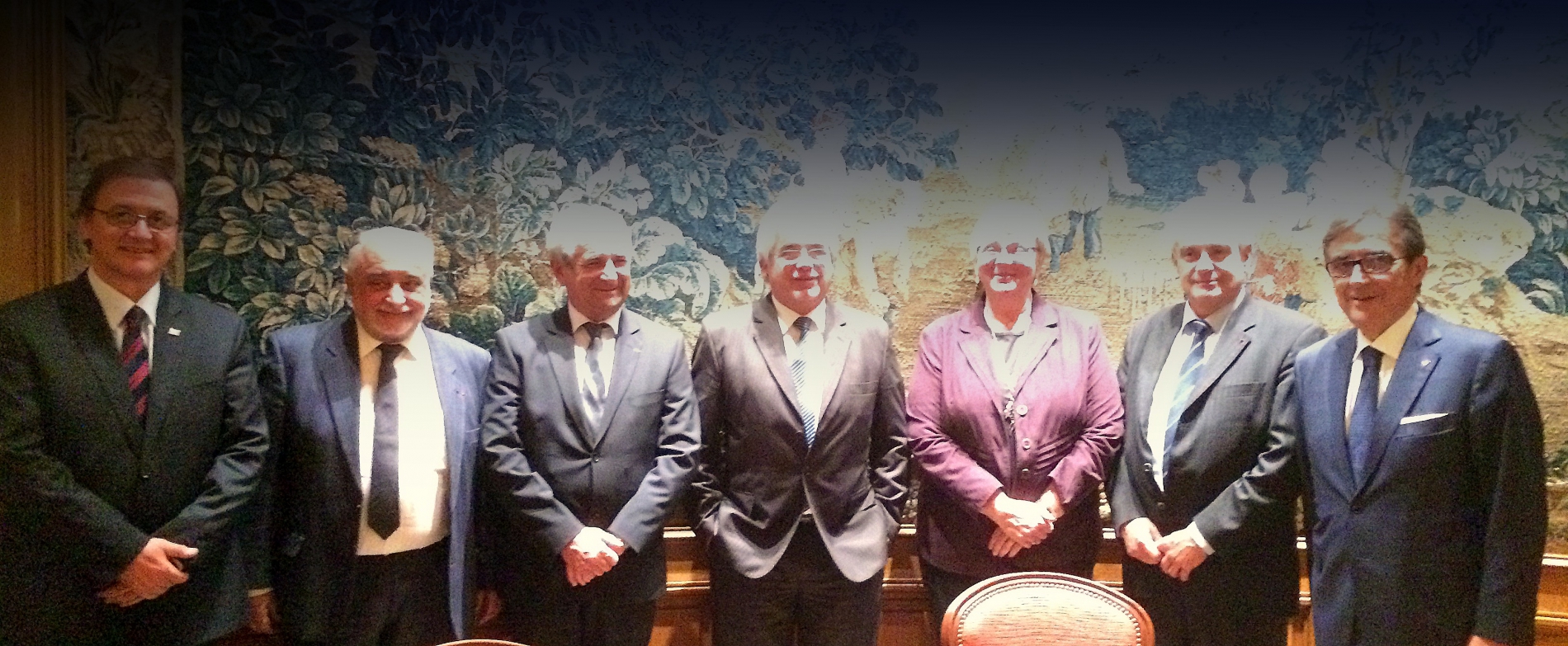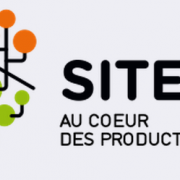
This year, the exhibition brought together 1000 exhibitors (150 more than in 2013) from 25 different countries.
Several technical conferences were also organised in connection with this exhibition, for example, on environmental concerns (water and pesticide management, etc.) and on the issue of diseases linked to vine dieback (diagnostic tools, etc.).
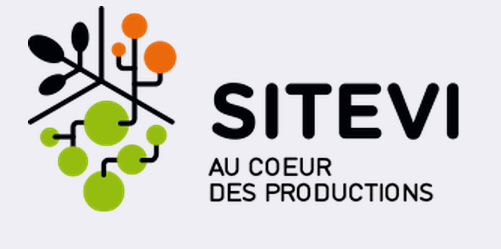
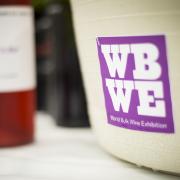
During this technical conference, a number of speakers underlined the important role that bulk wine plays in changing consumption habits, marketing and business strategies.
14% of world wine production is intended to be sold in bulk, which, in 2014, represented almost 38 million hectolitres (mhl), corresponding to around 38% of the total volume of world exports.
With 12.4 mhl, Spain is the leading exporting country of bulk wine, followed by Italy (5.5 mhl) and Australia (4.0 mhl). With respect to imports, these increased by around 15.5% between 2010 and 2014.
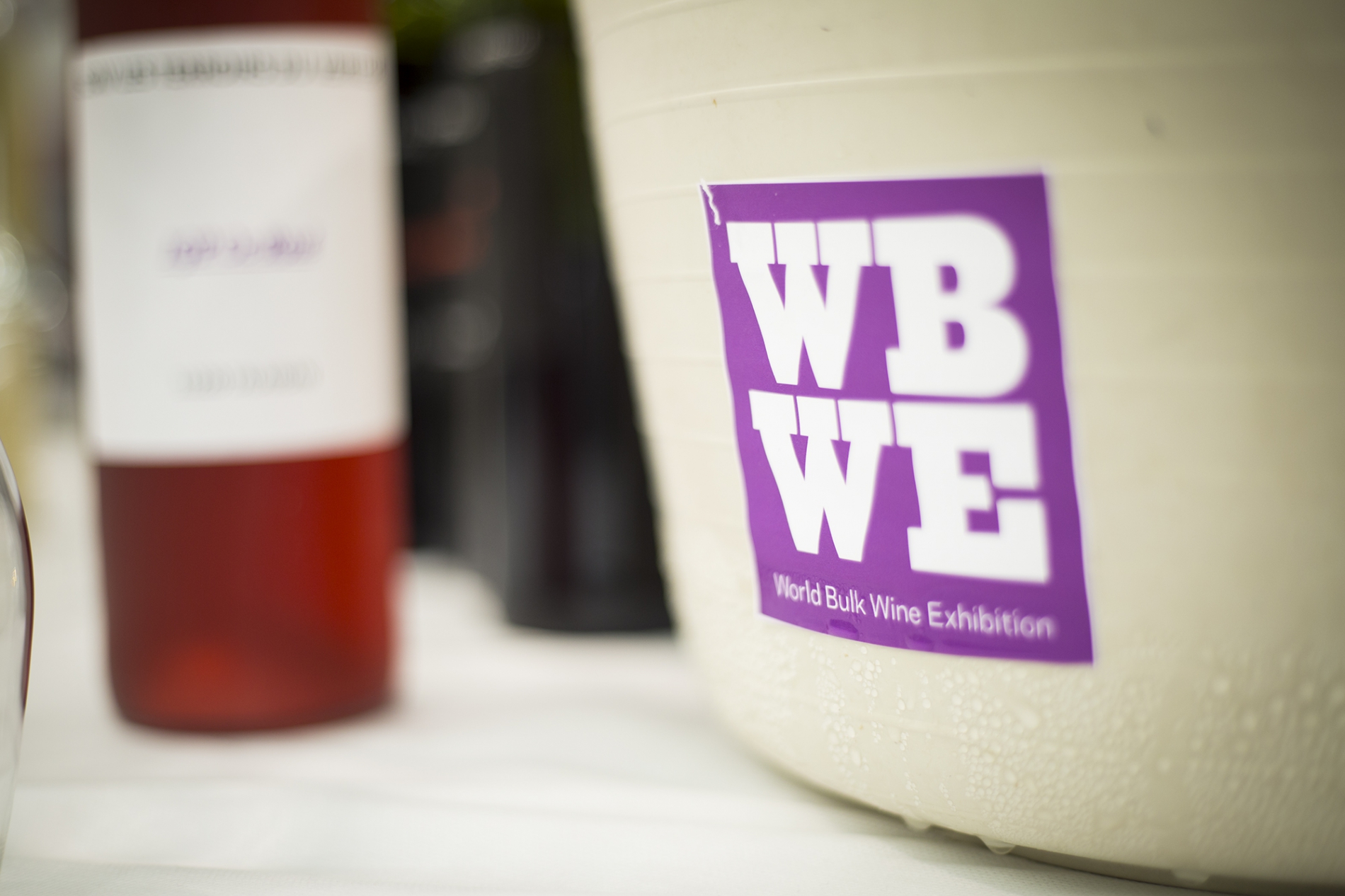
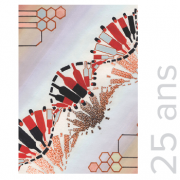
These discussions, in which the Director General of the OIV took part, brought important experts and award winners from the Academy together around three round tables: viticulture and oenology, legislation and the market, and wine and culture.
The idea of this discussion, as for the publication, was to compare the award winners' prospective vision of the wine world to that of leading figures who have modelled it so far.
Founded in 1992 by Américo Amorim, President of the Amorim group (the leading company in the world for cork production), the mission of the Academy is to improve knowledge about wine and support oenological research. It is for this reason that every year it presents two awards to young oenology students or young authors in the fields of wine-related sociology or legal expertise.
The Amorim Academy has observer status at the OIV.
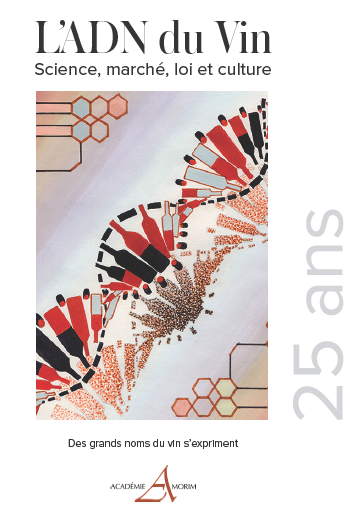
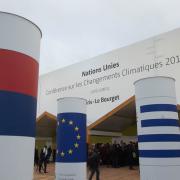
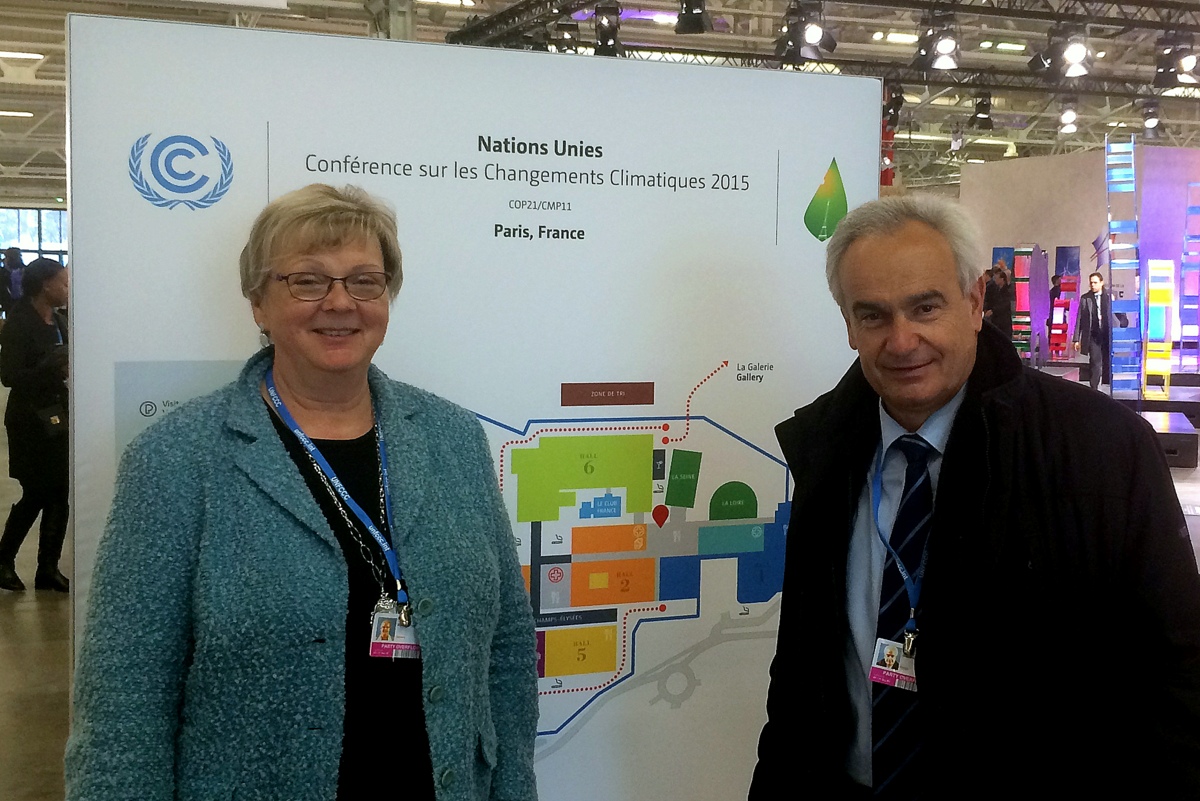
Ministers in charge of agriculture or the environment, or alternatively their representatives, from Germany, Australia, Bulgaria, Spain, Estonia, France, Japan, Lithuania, Morocco, New Zealand, Poland and Uruguay also participated in this day, as well as the Director-General of the FAO, and representatives from the World Bank, IFAD, numerous research institutes and Non-Governmental Organisations. The work essentially focused on the contribution of agriculture to CO2 sequestration as part of the international research initiative 4 per 1000.
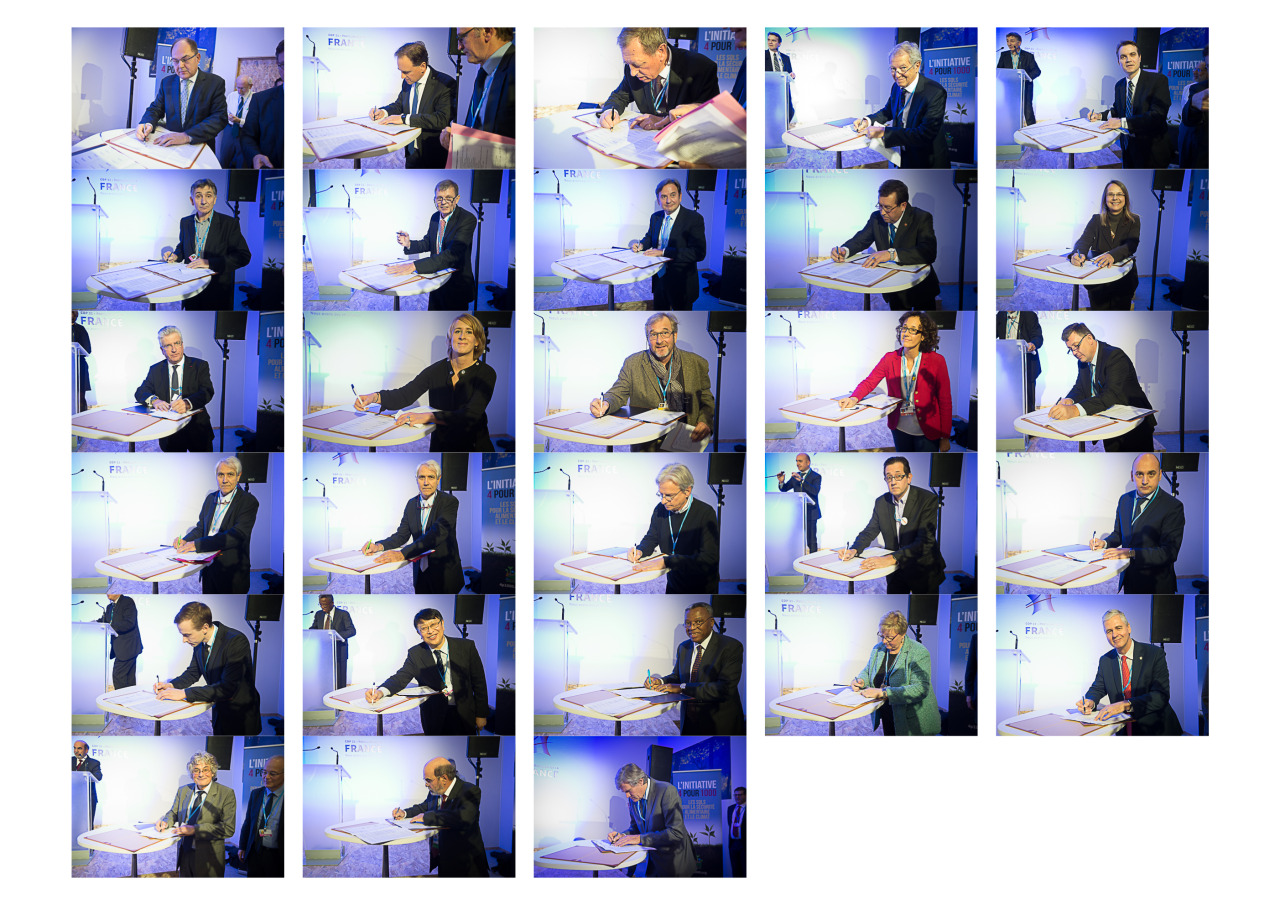
The objective is to strengthen public policies and research programmes in order to increase stocks of organic material from soils by 0.4% per year. Such an increase would make it possible to compensate for all of the planet's greenhouse gas emissions. Carbon sequestration in agricultural soils is one of the contributions of agriculture and forestry, in order to reduce greenhouse gas emissions.
The OIV has joined forces with this initiative, which strives for a transition towards productive and sustainable agriculture founded, in particular, on adapted soil management.
These objectives largely coincide with the actions underway at the OIV with regard to sustainable viticulture and climate change.
The OIV, which has placed the promotion of sustainable viticulture at the top of its 5 strategic axes for 2015-2019, taking into account the challenges of climate change, adopted the General Principles of the OIV Greenhouse Gas Accounting Protocol for the Vine and Wine Sector in 2011 (Resolution OIV-CST 431-2011)
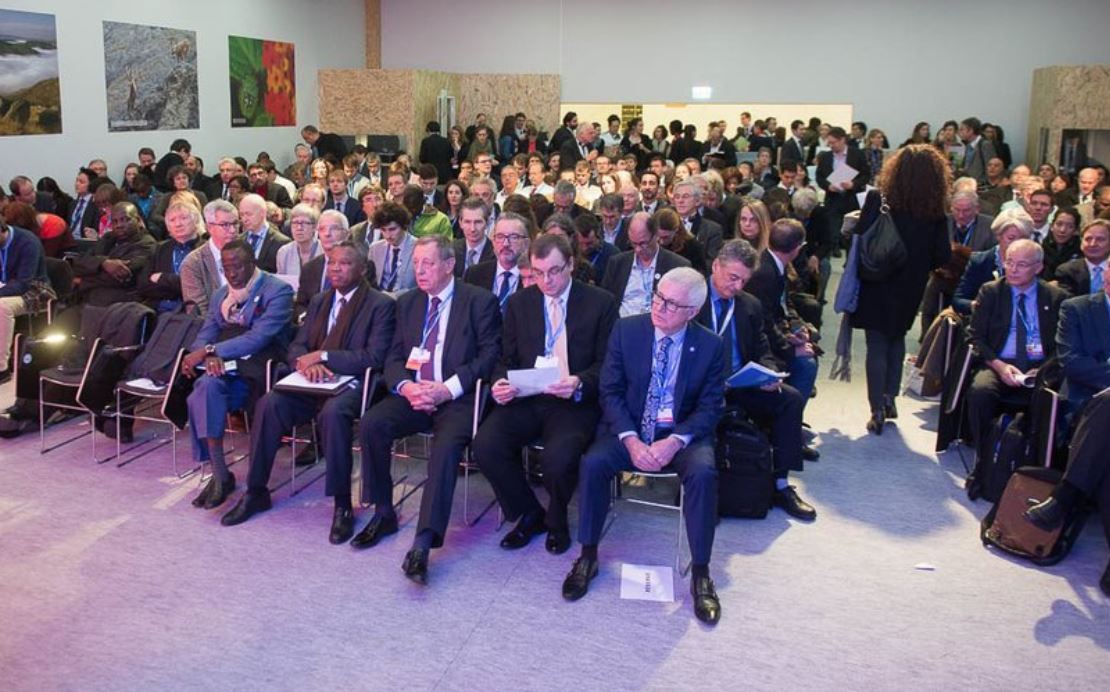
This protocol defines principles for the calculation of emissions and sequestration of greenhouse gases (GHG), expressed in the carbon dioxide equivalent, for the vitivinicultural field.
The specific objectives of the OIV GHG protocol are:
- to help companies working in the vitivinicultural sector to prepare a GHG inventory that represents a true and fair account of their emissions, through the use of standardised approaches and principles,
- to simplify and reduce the costs of compiling a GHG inventory,
- to provide the sector with information that can be used to implement effective strategies to manage and reduce GHG emissions,
- to increase consistency and transparency in GHG accounting and reporting among various companies and GHG programmes.
On this basis, in 2015 the OIV adopted an inventory of emissions and sequestrations that is intended to provide specific information on the aspects to be taken into consideration for the calculation of GHG emissions of a company or particular product based on the area considered (Resolution OIV-CST 503AB-2015).
This work is continuing within the framework of the work programme so as to develop a frame of reference for data collection by developing a detailed, multi-criteria approach going beyond the solely "carbon" approach while paying particular attention to the aspects of water management, biodiversity and pesticide reduction.
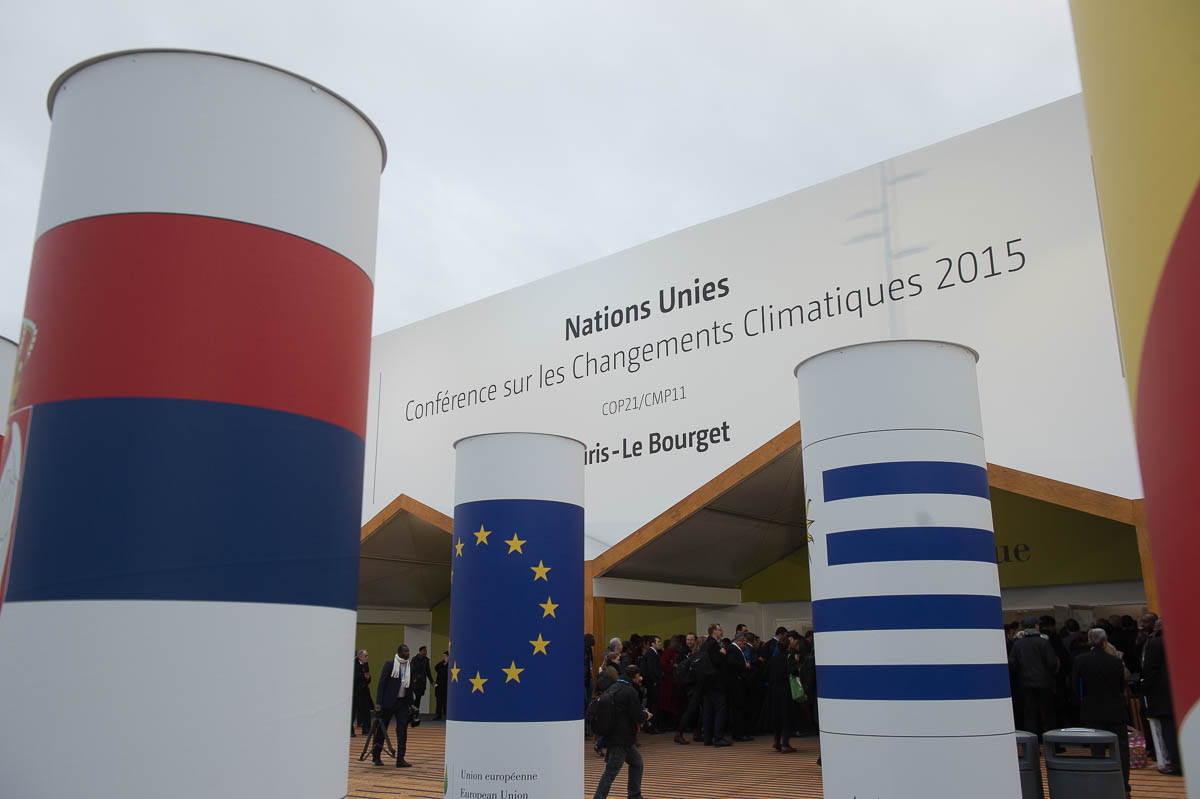

In the presence of former presidents including Jacques Puisais, Ezio Rivella, Pietro Pittaro and Vicente Sánchez-Migallón, the current co-presidents stressed the importance that oenologists have acquired globally, having supported the development of the global vitivinicultural sector – from palliative roles with regard to shortcomings to those aimed at bringing out the best in winemakers, terroirs and vine varieties all over the world. Jacques Puisais was pleased to state that oenology was the only science that blended together all of the other fields: chemistry, physics, pedology, climatology, geography, history and many more...
The President of the OIV, Ms Monika Christmann, expressed that she was proud to be an oenologist and thanked the oenologists and the UIOE for their high level of involvement in the technical work of the OIV, having been able to appreciate their expertise when she headed the "Oenology" Commission of the OIV. Jean-Marie Aurand, the Director General of the OIV, also recalled how important the UIOE's role had been as an observer at the OIV, in particular in the definition of the profession and title of an oenologist on a global level, which had enabled the revision adopted in 2013. Serge Dubois indicated that the UIOE was going to strengthen its visibility at the OIV and would of course pay great attention to the adaptation of the international oenologist training programme currently under discussion.
The evening of the celebration of the 50th anniversary of the UIOE was also marked by the presence of the Minister for Agriculture of Uruguay, Mr Tabaré Aguerre, who highlighted the importance of the vitivinicultural sector in his country's agriculture. He also expressed his delight that the Uruguayan National Institute of Vitiviniculture was presided by an oenologist, José Lez Secchi, who is also Vice-President of the UIOE, and invited oenologists from around the world to participate in the OIV World Congress of Vine and Wine, which will take place in his country in 2018.
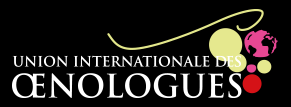
The International Union of Oenologists aims to represent national oenologist associations on an international level, to defend this professional category on all levels, to oppose abusive use of the title of oenologist, and to maintain cohesion, solidarity and relations between the different associations. Additionally, it seeks to act as a voice before the relevant national and international authorities so as to standardise biological processes as well as chemical, physical, microbiological and sensory methods of analysis, and to organise uniform oenologist training in different wine-producing countries by harmonising the content of studies, the duration of courses and the certificates issued, in order to ensure that oenologists may take responsibility for the execution and control of certain oenological processes.
